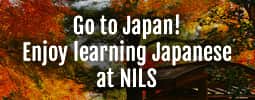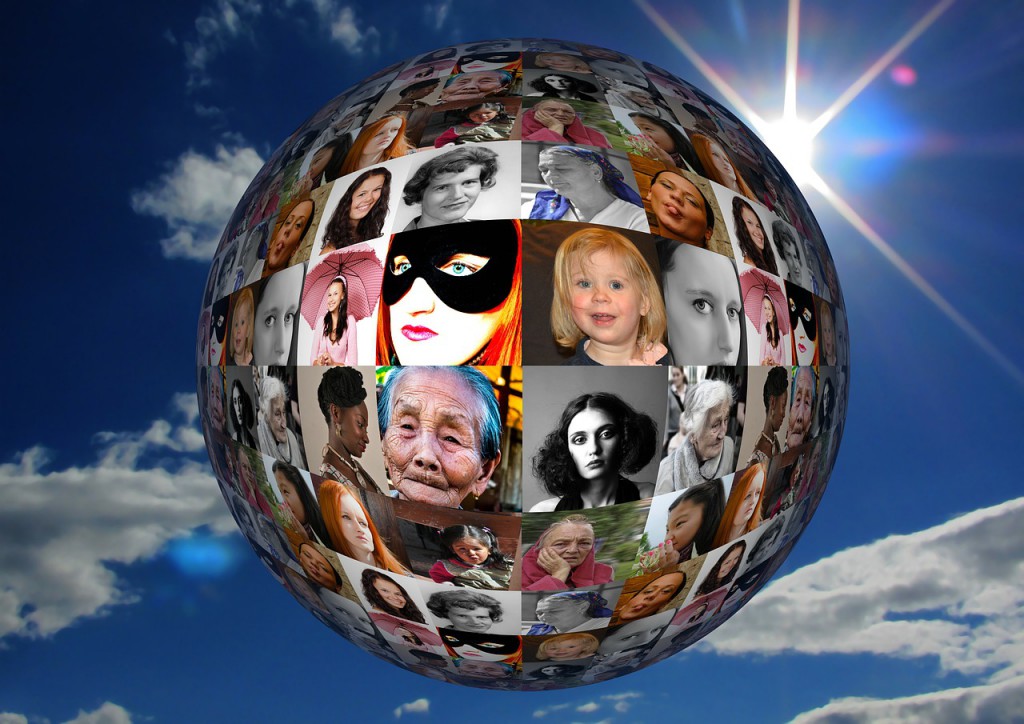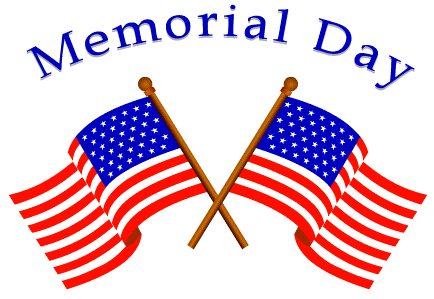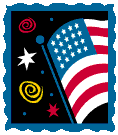 Field Trip on the Staten Island Ferry
October 14, 2022
Field Trip on the Staten Island Ferry
October 14, 2022
(09/16/2022)
After class, Nathaniel and his students made their way to Whitehall Ferry Terminal. Located on the southern tip of Manhattan, Whitehall Ferry Terminal is a short 15 minute walk from the academy. The Staten Island Ferry runs about every 20 minutes depending on the time and day, and the ride is about 25 minutes. Also, unlike the other NYC Ferries, service on the Staten Island Ferry is free!
After waiting with a crowd, large glass doors opened and everyone began to board. The Staten Island Ferries are HUGE, so the crowd quickly spaced out on the different floors. The weather was warm, so our class enjoyed the views from the outer decks. Along with views of Manhattan and New Jersey, we saw some cute boats and took some great photos of the Statue of Liberty!
When we reached Staten Island, we walked around St George Terminal and took some group pictures in front of the water. Free with amazing views, the Staten Island Ferry is an easy way to get some fresh air while enjoying NYC.
 NYC Fire Museum – NYEA field trip 08/02/2019
August 7, 2019
NYC Fire Museum – NYEA field trip 08/02/2019
August 7, 2019
Students and our Level 3 teacher David left NYEA around noon and made its way to the C line at Fulton St. Once arriving at Spring St. Station, we walked one and a half blocks westward toward the Fire Museum. After taking some photos outside, we went in and enjoyed the many pieces of history the museum had to offer. There were old fire relics, photos of famous firemen throughout the ages, as well as old vehicles/carriages that were used over a hundred years ago. Included in the exhibition was a fire dog that was preserved, famous for saving children and pets as well. In addition, there were many collected fire patches exhibited on the wall, not to mention trying on real fire gear including helmets and coats. We explored two different levels of the museum and in the end, checked out the souvenir shopped before heading out.

























 Who is Santa Claus
December 23, 2015
Who is Santa Claus
December 23, 2015
One of the most widely recognized Christmas symbols is Santa Claus, the jolly old man who rides a sleigh and brings toys to children around the world. However, Santa Claus was not always known as the toymaker who lives in the North Pole.
Santa Claus evolved from St. Nicholas, a Greek bishop that lived around 280AD. He was known as the patron saint of children and the bringer of gifts. His name day was celebrated on December 6th for many centuries. After the protestant reformation in the 16th century, Europe took a less religious approach to Christmas and combined St. Nicholas with the British “Father Christmas,” the bringer of joy and cheer. This fusion led to the creation of Sinterklaas in the Netherlands: a bearded, cheerful older man dressed in red and fur with a resemblance to the Nordic god, Odin. His holiday was moved and celebrated on Christmas day, December 25th.
This tradition was carried over to the American colonies by the Dutch settlers in the 17th century, where he became the present-day Santa Claus. Over the next few centuries, American poets and writers turned Santa Claus into an endearing figure and Christmas became a family celebration.
One of the most famous pieces of American art that shaped Christmas is Clement Clark Moore’s “A Visit From St. Nicholas”, a poem published in 1822. This poem is also known as “The Night Before Christmas” and has been the inspiration behind many plays and films. The American Santa Claus has been adopted by several European countries and led to the creation of Père Noël in France and Papa Noel in Spain.
 Options after Language School: Getting into College
June 19, 2015
Options after Language School: Getting into College
June 19, 2015
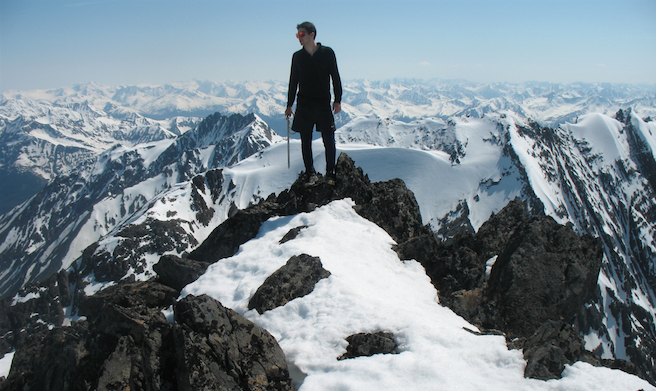
One big reason that people from all over come to study English in the United States is because they want to go to a university that offers classes in English only. If you have made a plan and are at least thinking you might want to attend college in America, read on for some helpful things to know. (more…)
What is the best way to learn a foreign language? There are basically three options: 1) You can study by yourself using resources from the internet or books. 2) You can sign up for classes at a local school. 3) Or, you can move to a country where the language is spoken and learn through immersion. Here at NYEA, we believe that language immersion is by far the best way!
 Memorial Day
May 22, 2015
Memorial Day
May 22, 2015
The people of the United States observe Memorial Day on Monday, May 25 this year. For many people, it may seem like a good opportunity to take advantage of department store discounts, but the significance of this holiday is in the remembrance of all military service members who have given their lives in defense of the country since its birth in 1776. Among various commemorative events taking place in New York City, one of the most popular is Fleet Week. The public is invited to tour several Navy ships docked at Hudson River piers. Sailors in white uniforms come ashore to visit the Big Apple, some for the first time. People offer their thanks to these service members when they encounter them on the street.
Students at New York English Academy practice writing in a number of styles, such as business, essay, formal, informal…
Since we are in a city famous for its Broadway, script and role-play dialogues are also appropriate, especially as acted out in the classroom in an amusing manner.
Here is an imaginary conversation between Luana (the Employer) from Brazil and Laure (the Boss in a medical facility) from France:
Luana: Good morning, Ms. Laure, how are you?
Laure: Good morning, Luana. I’m fine…and you?
Luana: I need to speak with you about my job. You have time now?
Laure: Yes, of course. Come into my office.
Luana: I think I work very well. I have been working here for a long time. I have saved many lives and I have a PhD. Now I need a promotion.
Laure: Yes, you are a good nurse and you have a lot of experience, but you already have many advantages, like a good schedule, a good team, and the security of a health plan. We don’t have enough money for you…so sorry.
Luana: I need more money! If you don’t give me this opportunity, I’ll have to get out of this hospital.
Laure: Oh, OK…I’ll try to speak with my partners about a possible promotion for you.
Luana: OK, I’ll wait for your answer. Now I will return to save more lives. See you!
Laure: Good job!
New York English Academy
 Best Things to Do for the Lunar New Year in Chinatown, NYC
February 12, 2015
Best Things to Do for the Lunar New Year in Chinatown, NYC
February 12, 2015
In case you weren’t aware, the Chinese Lunar New Year is coming up soon on February 19th. If you’ve never experienced a Chinese New Year celebration, there’s no time like the present. Head over to Chinatown and get ready for a great cultural experience you won’t soon forget.

What We Cover
If you spend any time in New York City during autumn, you will definitely hear the phrase “seeing the leaves change.” While you may find it to be an unchangeable certainty that comes with the colder seasons, in New York, autumn is the perfect excuse for a trip to the Hudson Valley to see some of the most impressive and inspiring autumn scenery in the United States and just about anywhere in the world. The area is so beautiful that it has received the nickname “America’s Rhineland,” being compared to the stunning stretch of land that follows the Rhine River in Germany.
Art and Literature from the Hudson Valley
During colonial times, the Hudson Valley along with its stretch of connecting rivers and canals, made a perfect location for early Dutch settlers. The first settlements were established by the beginning of the 17th century with numerous trading posts and future cities being erected in a short period of time. The area also played an important strategic role in the wars that followed, including the American Revolutionary War in the late 18th century.
However, it was in the 19th century that the Hudson Valley made a name for itself with some help by the famous writer Washington Irving, author of The Legend of Sleepy Hollow and Rip Van Winkle, as well as the Hudson Valley River School of painters known for their landscapes of the Hudson River and its surrounding fall foliage.
Hudson Valley Activities
Currently the 150-mile stretch of stunning countryside that starts at the northern edge of Manhattan is ranked by numerous travel websites and agencies as one of the most beautiful destinations in the world.
Having been built up over the years as a large tourist destination, there are a variety of options available depending on your interests, whether they are outdoor recreation, fine dining and local wineries, art exhibits, or a good old American road trip. If you are planning a trip, you can easily access the valley by car (2–3 hours from Manhattan) or train (Amtrak, Metro-North, and New Jersey Transit all offer routes that includes stops). There are also scheduled bus routes available with service from New York City. For more information on transportation, trip ideas, accommodations, and more, visit the Hudson Valley’s tourism website.
Autumn Vocabulary and a Copy of Rip Van Winkle
There are numerous ways an English student can enjoy the surreal beauty of the valley’s autumn scenery without ignoring his or her studies. For beginner and intermediate level students, the season offers a chance to learn English autumn vocabulary in a real-world setting, and for more advanced students, taking along a few short stories by Washington Irving provides an afternoon of light reading surrounded by the beauty of the Hudson Valley. Just one word of warning: make sure to take some warm clothes with you as temperatures can drop quite low this time of year.
If you find the history behind the Hudson River Valley to be interesting, be sure to read our article “Exploring the East Coast: Boston, Washington D.C., and Philadelphia.”
 Exploring the East Coast: Boston, Washington D.C., and Philadelphia
September 24, 2014
Exploring the East Coast: Boston, Washington D.C., and Philadelphia
September 24, 2014
New York is an amazing city, one of the most beautiful in the world, and while some natives brag that they have never left it, there are many great places outside the five boroughs to explore.
A fascinating part of travelling through U.S. cities is that you can hear different accents; depending on the region you are in, people will speak differently with a thick accent. By exploring outside New York you will be able to learn more about these accents and find out if you can tell the difference between each area. Let’s look at three cities with easy travel options from NYC that offer amazing experiences and test your ears.
Freedom Trail in Boston, Massachusetts
You will notice that those who speak with a Boston accent usually have a silent “r” sound or no “r” sound at all. However, there is more to Boston than just its accent. Here you can visit a few amazing places such as the Freedom Trail, a 2.5-mile path through downtown Boston with 16 sites that are significant to early U.S. history. Also, if you love art, Boston is home to the Institute of Contemporary Art and the Museum of Fine Arts; both great ways to learn more about U.S. culture and practice your English.
 [06] HAPPY BIRTHDAY, UNITED STATES OF AMERICA!
July 7, 2014
[06] HAPPY BIRTHDAY, UNITED STATES OF AMERICA!
July 7, 2014
Independence Day, July 4, is a national holiday in the United States. Here are the words of our national anthem, The Star-Spangled Banner:
Oh, say can you see by the dawn’s early light
What so proudly we hailed at the twilight’s last gleaming?
Whose broad stripes and bright stars thru the perilous fight,
O’er the ramparts we watched were so gallantly streaming?
And the rocket’s red glare, the bombs bursting in air,
Gave proof through the night that our flag was still there.
Oh, say does that star-spangled banner yet wave
O’er the land of the free and the home of the brave?
On the shore, dimly seen through the mists of the deep,
Where the foe’s haughty host in dread silence reposes,
What is that which the breeze, o’er the towering steep,
As it fitfully blows, half conceals, half discloses?
Now it catches the gleam of the morning’s first beam,
In full glory reflected now shines in the stream:
‘Tis the star-spangled banner! Oh long may it wave
O’er the land of the free and the home of the brave!
And where is that band who so vauntingly swore
That the havoc of war and the battle’s confusion,
A home and a country should leave us no more!
Their blood has washed out their foul footsteps’ pollution.
No refuge could save the hireling and slave
From the terror of flight, or the gloom of the grave:
And the star-spangled banner in triumph doth wave
O’er the land of the free and the home of the brave!
Oh! thus be it ever, when freemen shall stand
Between their loved home and the war’s desolation!
Blest with victory and peace, may the heav’n rescued land
Praise the Power that hath made and preserved us a nation.
Then conquer we must, when our cause it is just,
And this be our motto: “In God is our trust.”
And the star-spangled banner in triumph shall wave
O’er the land of the free and the home of the brave!
PC TECH: English Language School in New York City
Archive
- October 2023
- August 2023
- July 2023
- June 2023
- May 2023
- April 2023
- March 2023
- February 2023
- January 2023
- November 2022
- October 2022
- August 2019
- July 2019
- June 2019
- May 2019
- April 2019
- March 2019
- February 2019
- December 2018
- October 2018
- September 2018
- August 2018
- July 2018
- June 2018
- May 2018
- April 2018
- March 2018
- February 2018
- January 2018
- December 2017
- November 2017
- October 2017
- June 2017
- April 2017
- March 2017
- February 2017
- January 2017
- December 2016
- November 2016
- October 2016
- September 2016
- August 2016
- July 2016
- June 2016
- May 2016
- April 2016
- March 2016
- February 2016
- January 2016
- December 2015
- November 2015
- September 2015
- August 2015
- July 2015
- June 2015
- May 2015
- April 2015
- February 2015
- January 2015
- November 2014
- October 2014
- September 2014
- August 2014
- July 2014
- June 2014
- May 2014
- April 2014
- March 2014
- February 2014
- January 2014
- December 2013
- November 2013
- October 2013
- September 2013
- August 2013
- July 2013
- June 2013
- May 2013
- April 2013
- March 2013
- February 2013
- January 2013
- December 2012
- November 2012
- October 2012
- September 2012
- August 2012
- July 2012
